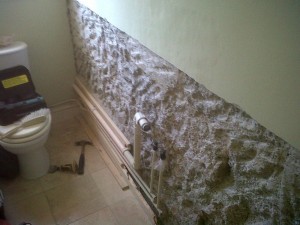Rising Damp
Before carrying out remedial damp works it is vital that the source of moisture and the correct diagnosis is given to the client and the right solution to control the dampness is advised. Failure to correctly diagnose and treat damp can lead to the costs incurred being wasted on the wrong dampness.
It is therefore essential that the specialist surveyor has the knowledge, experience and training to correctly identify the many different causes of dampness. Here at Gen Damp our surveyors are trained to nationally recognised qualifications with over 50 years of combined diagnostic experience and a respected reputation throughout the remedial industry for honesty, integrity and cost effective solutions. All of our clients can have full confidence in both the diagnosis and treatment of the damp proofing problem.
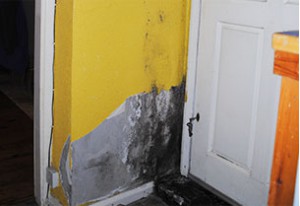
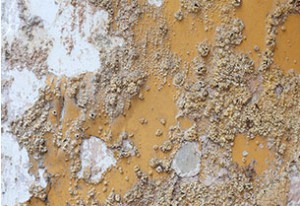
What is Rising damp and how does it rise up walls?
Rising damp can be found in masonry walls build from brick, block work or porous stone which stand in ground moisture or saturated soil which have been built without a physical barrier or a broken or damaged barrier to the upward movement of moisture. The damp may under certain conditions rise in excess of 1000mm although this depends on several factors including:
• Pore sizes of the masonry
• Salts content both of the materials and from the soil
• Ground water level and saturation
• Rate of evaporation from the wall
Water is able to rise in a wall as a result of ‘Capillarity’. Capillarity is the movement of water through capillaries within the structure of the wall. Capillaries are small interconnecting tubes within the wall. The process occurs as a result of the surface tension of water, which is generated by the electrostatic attraction water molecules have for each other and the walls of the capillaries. The capillary rise or capillary action as it is also known takes place against the force of gravity. The rise is greater in small capillaries than in large. This may also be affected by how much water is present in the wall and by the rate of evaporation. The damage done is through structural causes not life style.
Rising water causes problems of decorative spoiling and especially rot in skirting boards, floor joists, floorboards and wall plates in suspended timber floor constructions. Rising water carries with it ground water salts both Chlorides and Nitrates and these are deposited within the masonry and other surfaces especially plaster and decorative finishes. Most ground water only contains very small amounts of salts which are usually at an acceptable level. However, as the water rises within the wall these salts are carried up into the fabric of the wall and are left behind as the water evaporates. Over long periods of time say in excess of 30 years the continual rise and evaporation cause these salts to build up to significant levels.
This in itself can lead to a further problem with long term rising damp. A proportion of these salts are hygroscopic. This means they can absorb water that is contained in the air. Often it is the case that these salts are concentrated to such levels that enough water is absorbed from the air to cause contaminated materials to appear damp. This will cause problems even if the rising damp is stopped in that materials will still remain damp solely due to the hygroscopic nature of the contaminated materials. As such any decorative finish applied over such materials will spoil with time.
It is therefore imperative to effect a dry non-spoiling decorative surface free from water and salt contamination the control of rising damp has to be a two part process. It is the only way!
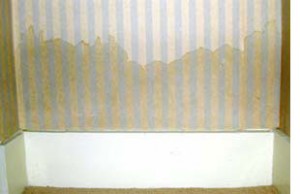
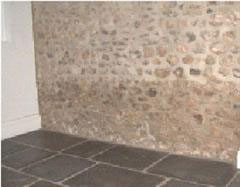
The Solution
Part 1
The injection of a damp proof course into the wall to control the rising water. A number of differing systems are available in order to achieve this the majority being of the chemical injection type. Of these systems most control the rise of water by forming a water repellent barrier at the base of the wall thereby controlling the rise of water, others provide a pore blocking action to control the rise. All chemical injection systems are covered in British standard 6576: 2005 ‘Code of practice for diagnosis of rising damp in walls of buildings and installation of chemical damp proof courses’.
Part 2
The removal and replacement of salt contaminated plasters and finishes. This is done to form a long term uncontaminated damp and salt free surface and to prevent any remaining salts from causing future spoiling. The importance of the removal of the old plaster and the reinstatement with new plaster cannot be understated.
